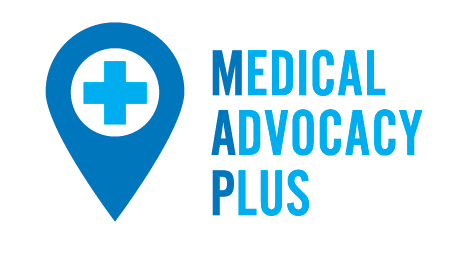08 Jan What is the Full Story for Navigating Barriers to Care?
When I first met RB, the urgency of her situation was palpable. Diagnosed with stage 4 lung cancer that had spread to her brain, she was confronted with significant barriers to timely care. Her left-sided weakness, initially dismissed by the emergency room, led to a delayed diagnosis. By the time the cancer was discovered, it had already advanced aggressively.
RB, lacking health insurance and with limited financial resources, had also missed essential screenings due to being uninsured, a common issue that delays care and limits treatment options. However, recognizing the urgency, her out-of-state guarantor played a crucial role by enlisting my help to guide RB through the healthcare system.
Securing Insurance and Immediate Care
One of the first hurdles was obtaining health insurance. Without it, RB’s treatment options were limited. Collaborating with the hospital’s social worker, I expedited her application, securing coverage by November 1, just as she was discharged.
The next priority was addressing the brain metastases. RB’s oncologist stressed the urgency of starting treatment. We scheduled a gamma knife procedure within three weeks, navigating transportation issues and holiday scheduling delays.
Clinical Trials and Setbacks
RB explored two clinical trials targeting her lung cancer and brain swelling. She agreed to the first, but pulmonary blood clots disqualified her. A second trial was also delayed by seizures from brain swelling, requiring hospitalization and steroid treatment, excluding her once again.
Standard Treatment and Moving Forward
With clinical trials no longer an option, RB’s oncologist recommended standard treatment of care and immediate chemotherapy. Despite barriers, RB began treatment on Christmas Day.
In summary, I find it essential to emphasize RB’s barriers to care:
- No insurance: RB’s uninsured status delayed screenings and care. I worked with her social worker and an insurance agent to secure coverage.
- Missed calls and miscommunication: I ensured follow-ups were organized and messages relayed.
- Transportation delays: RB lived an hour from the Medical Center and relied on family who worked full-time. Medications made it unsafe for her to drive, causing appointment delays. I updated her family to arrange transport, though conflicts still occurred.
- Holiday scheduling issues: Treatment coordination fell between Thanksgiving and Christmas. I kept communication open with RB’s medical team to avoid delays.
- Health Literacy—education and understanding: RB had limited knowledge of medical terms and treatment options. I helped her understand key decisions when her oncologist proposed various treatments.
Patient voice and participation: RB was actively engaged in her care despite her limited medical knowledge. She voiced her concerns and preferences, and I ensured her input was acknowledged, empowering her to make informed decisions about her treatment. RB’s journey continues, but with advocacy and the support of her guarantor, she is receiving essential care. Her story underscores the vital role of patient advocates in overcoming barriers and ensuring access to life-saving treatments.
For more tips on avoiding healthcare costs, contact me or browse additional resources on our blog. free to contact me or browse additional resources on our blog.
Share This Post
If you found this blog post helpful, please share it with your friends, family, and anyone who might benefit from understanding their healthcare style better. Let’s help everyone get the care that best suits their needs!

